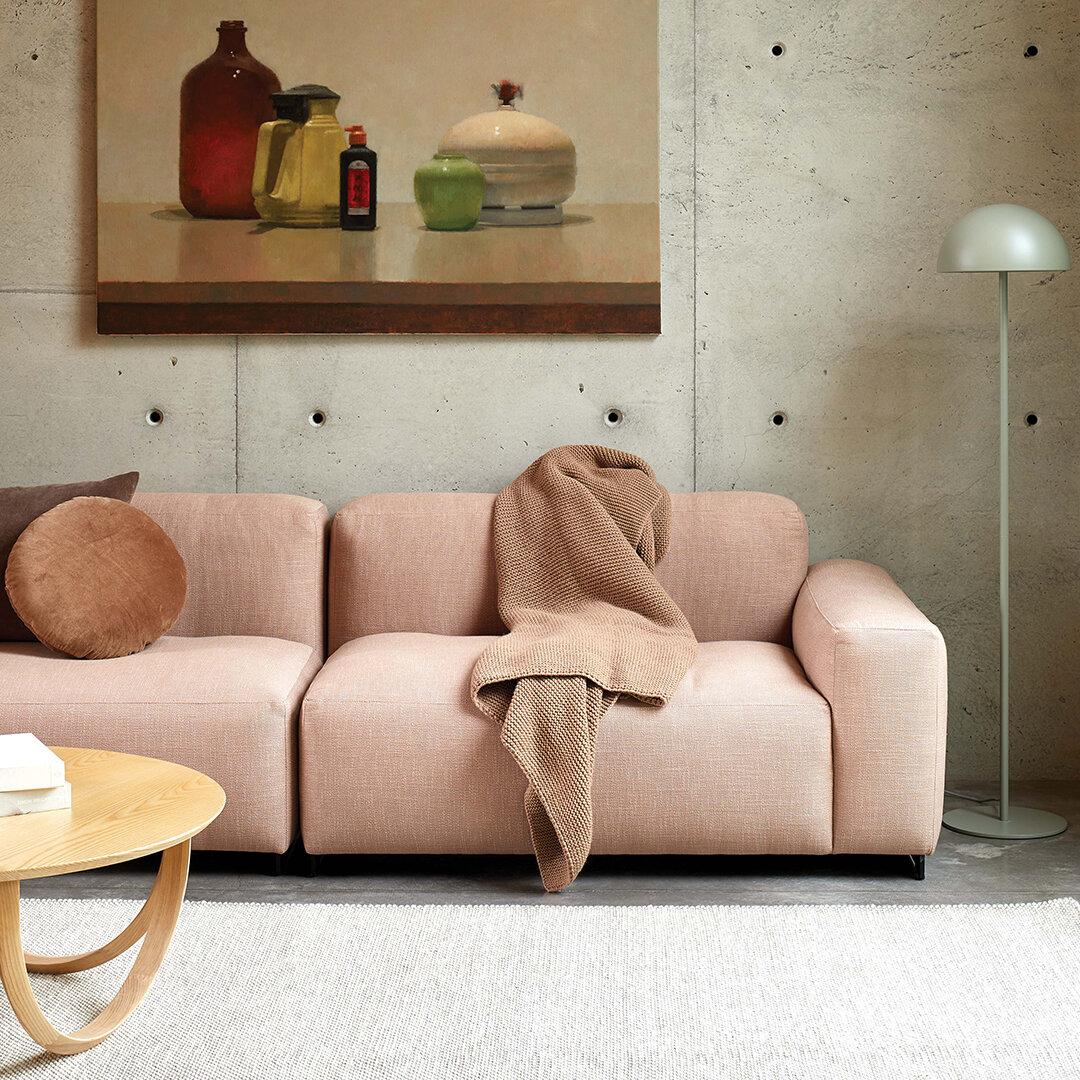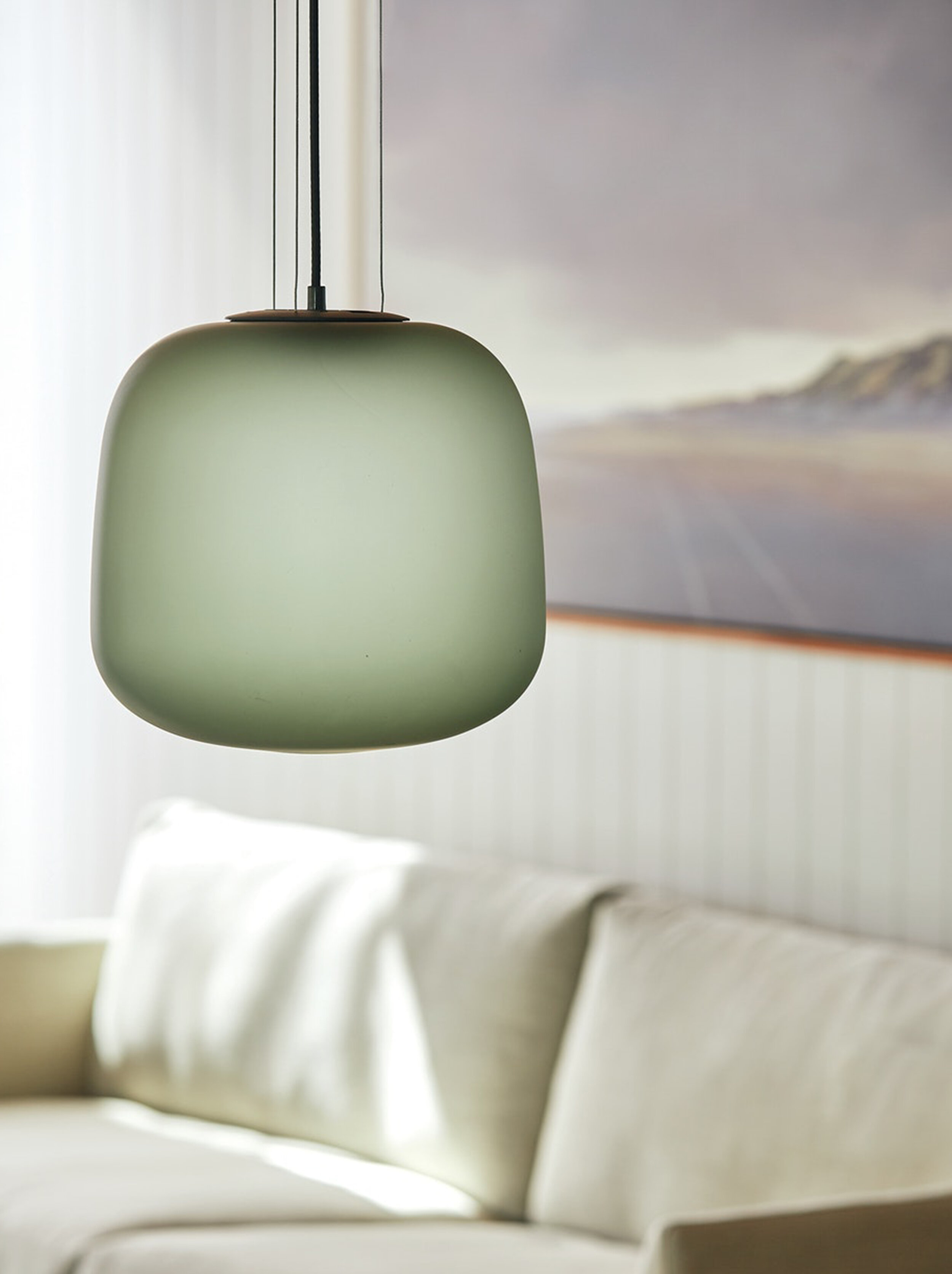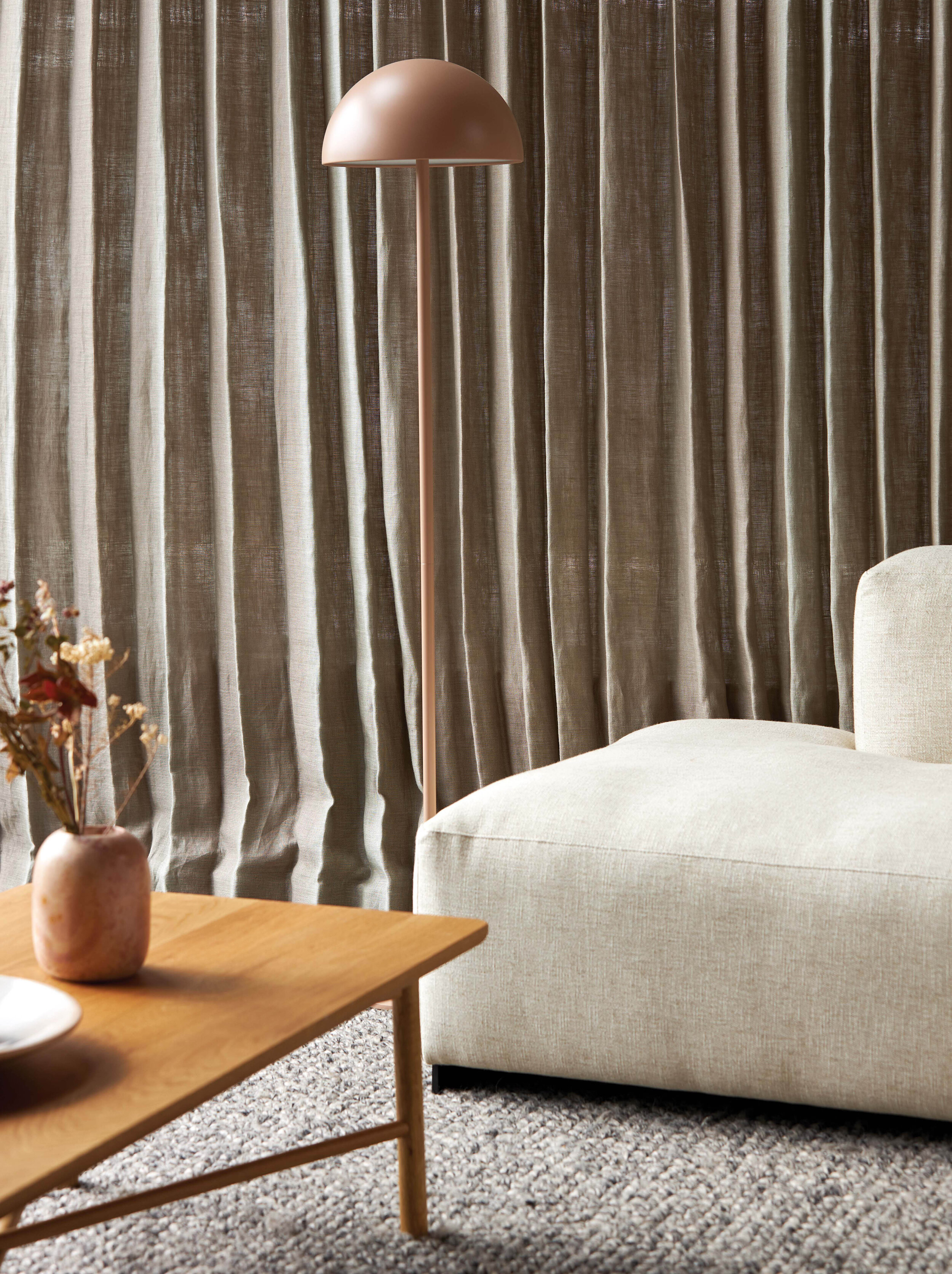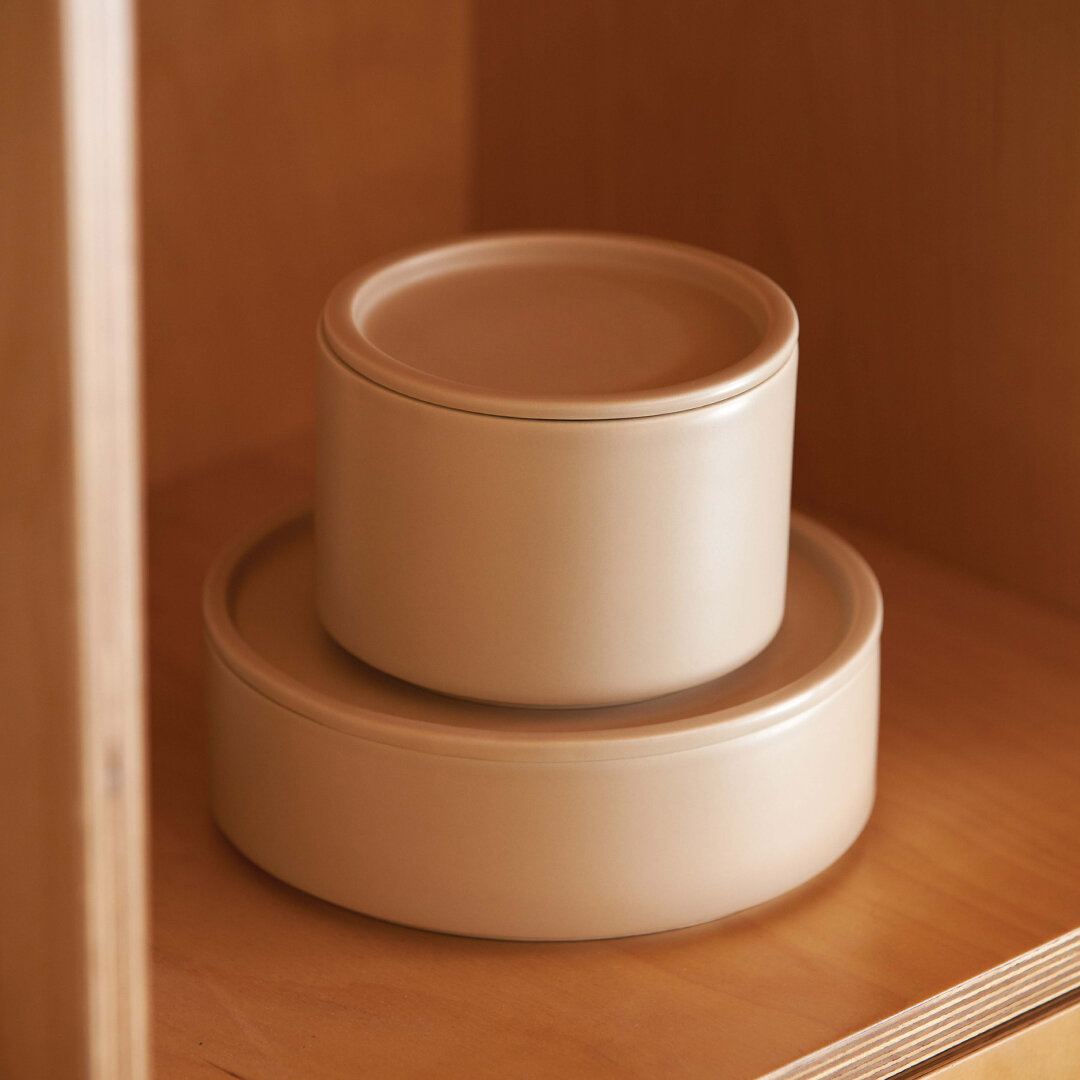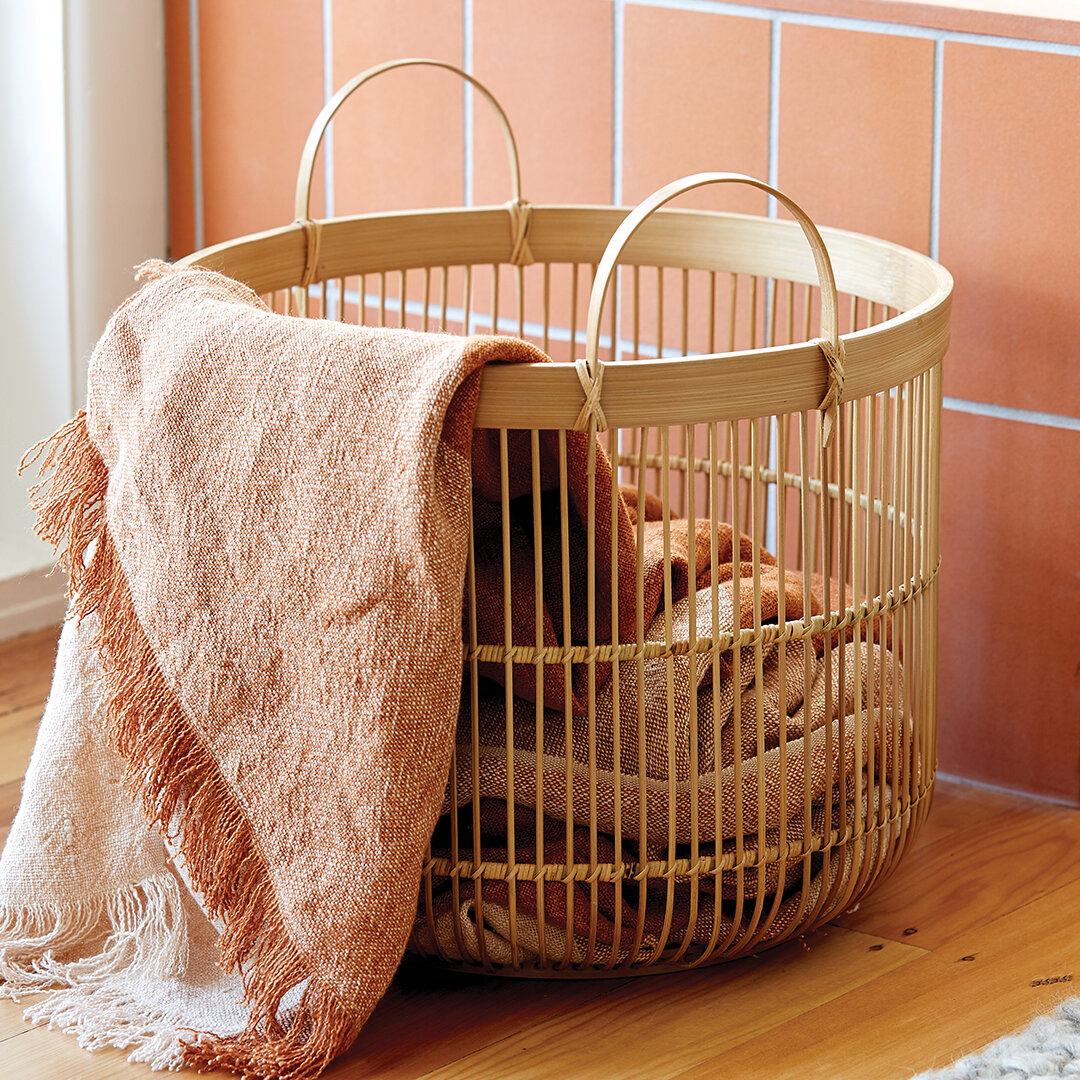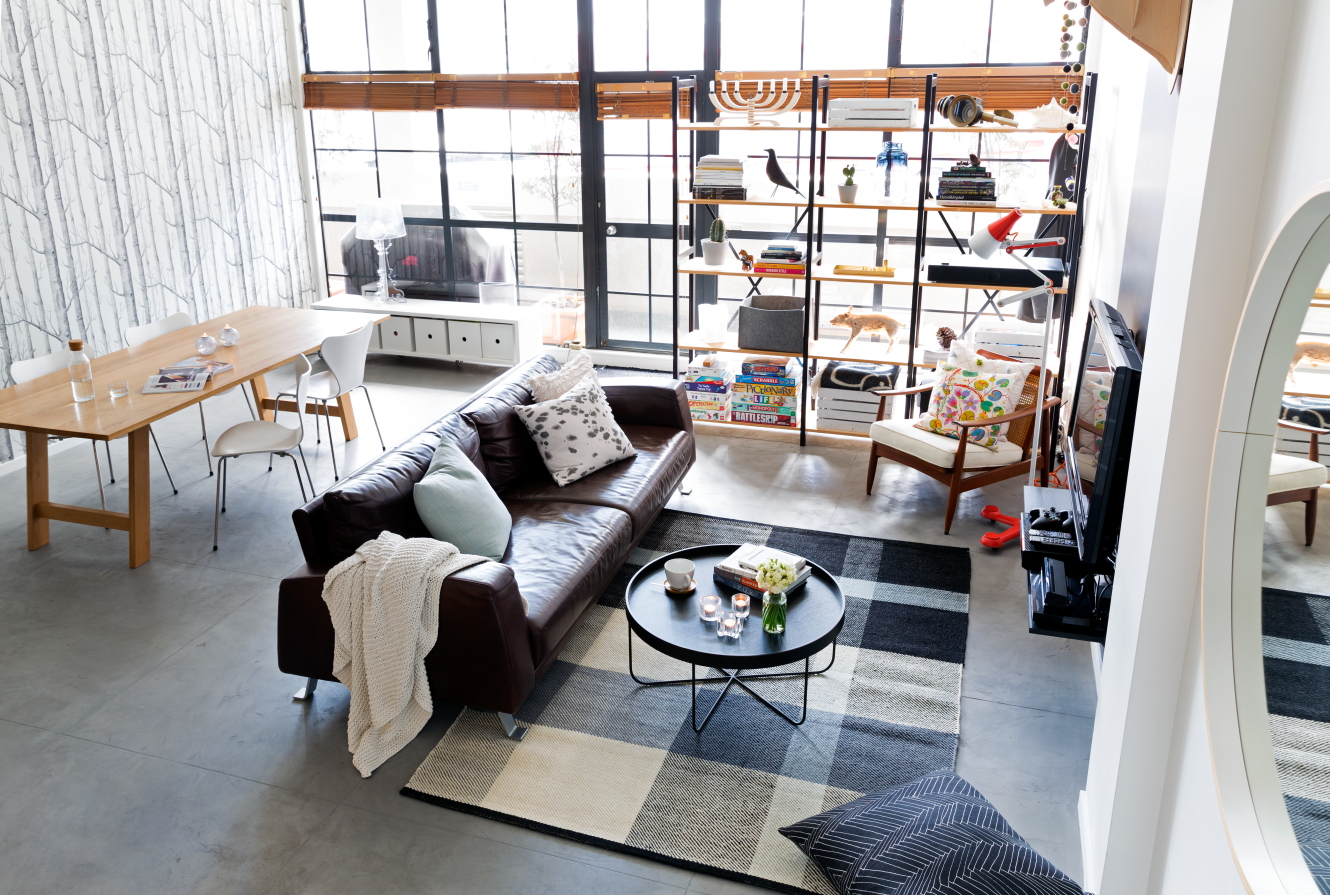How to: arrange your living room (according to a professional)
During this lockdown period, we’re spending more time in our homes than ever. It’s tempting give your home a refresh by mixing things up and moving your furniture around. But before you turn your living room on its head, check out the advice from our Interior Design & Trade Account Manager, Eve Penny. With a background in Interior Architecture, we chatted to Eve for her tips and tricks on making the most of your living room.
Hi Eve! Can you tell us a bit about yourself and your background?
Auckland has been home for the last four years. Before that, I lived in Wellington where I studied a Masters of Interior Architecture at Victoria University, while working part-time at Città’s Thorndon store. I contracted for an architect when I first moved to Auckland before re-joining Citta—this time as the Interior Design & Trade Account Manager based in the Mt Eden support office.
Outside of working at Città, I run my own business called Asili. We work with different brands and designers to produce ethically sourced design pieces, handcrafted by our team in East Africa (you’ll find some of these pieces at Città). This keeps me busy, but in my spare time I love going out for dinner and drinks with friends and getting outdoors, which of course I’m missing right now.
Many people are using this lockdown period as an opportunity to rearrange their furniture. How should people tackle this? Where should they start?
The great thing about rearranging your own home is there are no rules—be inventive and get creative! Have a rearrange, test it out, and—if it doesn't work—you can change it back. You will be surprised how quickly you realise what works and what doesn’t. Try out some different options and see what feels right for you. Don't be afraid to try something new—you can always change it back. Here are some tips to help you on your way…
Get crafty
Sketch it out first because sometimes things in our head don’t translate to how we envisioned it. It’s useful to measure up the space first and identify your key components (such as the sofa, shelving, rug, coffee table, side table). Draw out a mini floorplan and cut out furniture shapes you can move around to work out the best configuration. Don't worry if it’s not perfect—it’s more of a guide to see what might work before doing any unnecessary heavy lifting.
Feeling bold?
If you are, start by just moving your sofa! Sofas play a huge role defining the shape and structure of your living room. It is amazing how much changing the positioning of a sofa (or sofas) can completely open or close-off a space. Once you have the perfect position for your sofa, use this as your focal point and work outwards from there—such as where the coffee table sits in relation to the sofa.
It’s the little things
If you are a little apprehensive about making big changes, then start small. It’s amazing how the smallest changes can enhance and freshen the space. Ask yourself, what is working in this space and what isn’t? It may be as simple as pulling everything off your shelf and only putting back on what you love. Consider items that may need a freshen-up, such as cushions and throws. Go online for inspiration and add some items to enhance the space to your wish list.
Furniture spacing and placement is key to the comfort and function of a living room. What are your tips?
When setting out your living space it is important to consider how you use it. Consider each furniture piece and identify its purpose and choose its placement based upon that. For example, if the sofa’s main purpose is for watching television, make sure it’s in position to serve this purpose. A coffee table needs to be in close reach to the sofa. At night, you may need to turn on your floor lamp—is this easily accessible? Considering these options will be crucial in determining the placement of each piece and the function and flow of your living space. Here are some placement tips…
If possible, try to mount your TV on the wall to create more space and a more streamline look.
Consider the scale of your living space. Don’t cram too much in and never push furniture right up against walls—this makes it the room look smaller. It’s important to give your furniture breathing room.
Use accessories such as plants, art, cushions, objects and books to bring vibrancy and colour to your space.
Lighting is key factor in the ‘mood’ of a room. How should people consider this?
Not all living rooms have access to a natural light source. However, if you do, take advantage of this! Natural light promotes positivity and energy. Open the blinds during the day and let the sun pour in. At night, make an effort to consider the use of soft light sources, rather than the main lighting system. Consider a nice lamp and candles to create an intimate, cosy haven.
When moving furniture around, make a conscious effort to not obstruct the natural light. For example, try to place shelving units in front of a solid wall. If this is not possible, invest in an open shelving system that allows light to penetrate through and keep the space feeling open and light.
Living rooms are often storage hubs. Do you have any storage solutions to help reduce clutter?
As Marie Kondo suggests, “the more you can put behind closed doors, the better”. Sit in your living room and assess all the components—from the items you have tucked away on the shelf, to the magazines that sit on your coffee table. Consider each item and ask yourself, “does this have some sense of purpose? Does it spark a memory or look beautiful?” If not, put it away in a cupboard or somewhere else in the house that isn’t a main area. We spend so much time in our living rooms, so this space mustn’t feel cluttered.
If you are finding it difficult to find a home for items that look untidy, I recommend canisters and storage baskets—they’re perfect for hiding the items we don't need on show.
Living accessories are the finishing touches that help to put it all together. What are your tips for accessorising?
Accessories play a such an important role in a home. They add a sense of richness and personalisation to your space.
I like to surround myself with items that have some form of meaning to me, and other objects that I feel simply complement the space. I like to play with texture, materiality and colour. It may be your favourite piece of art, some colourful books, or a simple sculpture or vase. Don't be afraid to mix the old with the new—mixing the two gives a sense of uniqueness to a space.
A great way to bring a sense of vibrancy and freshen a space is to add some plants. They are also a great way to introduce texture and a sense of hierarchy. From indoor palms and fiddle fig leaf to small cacti, there is plenty out there so get creative!

